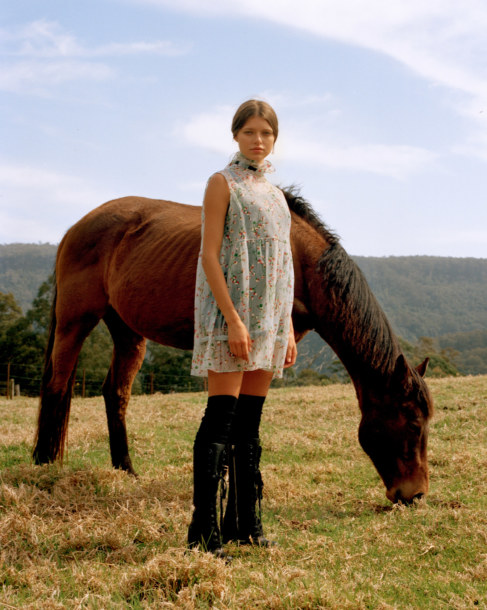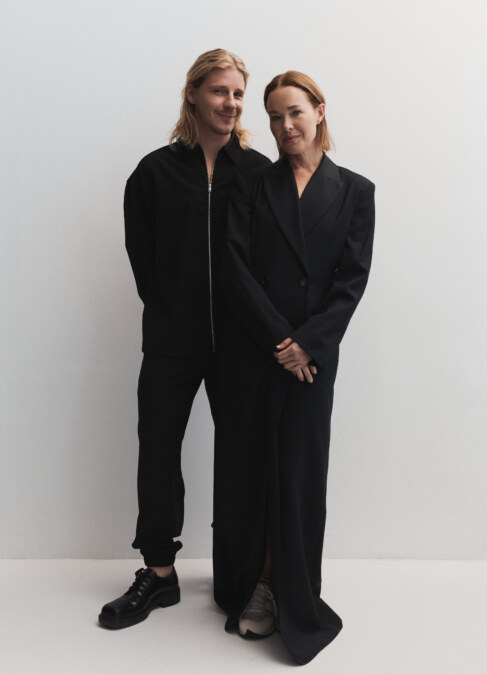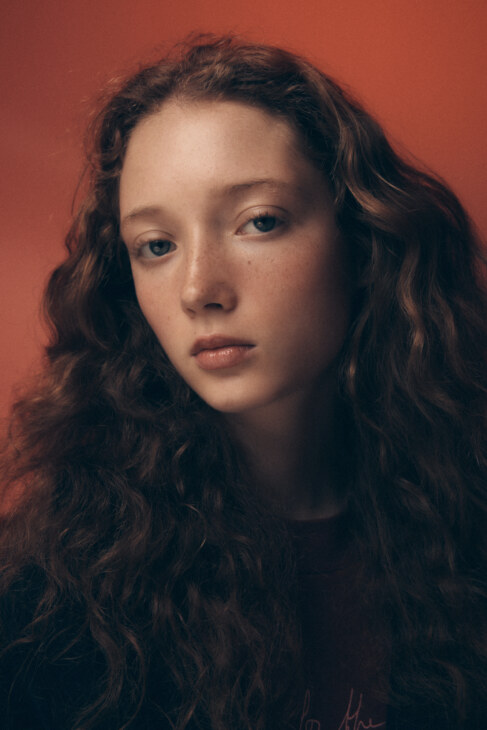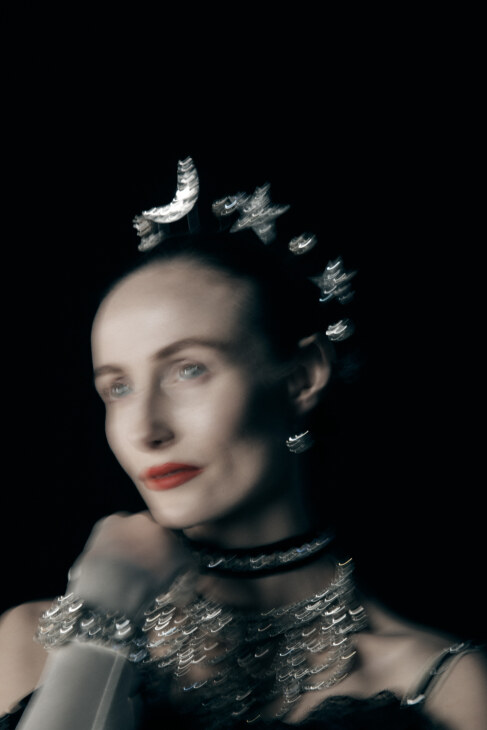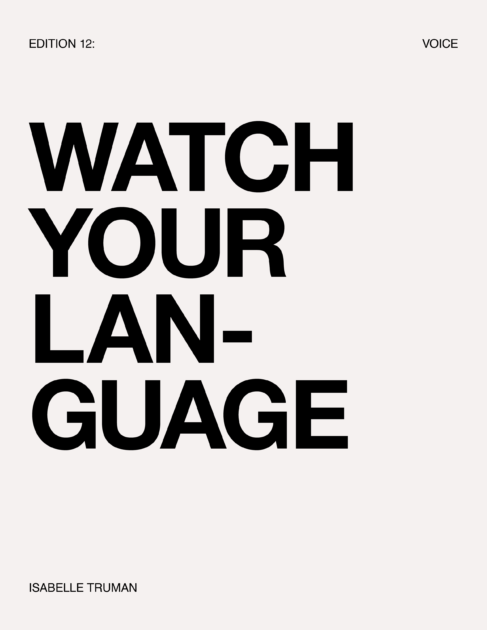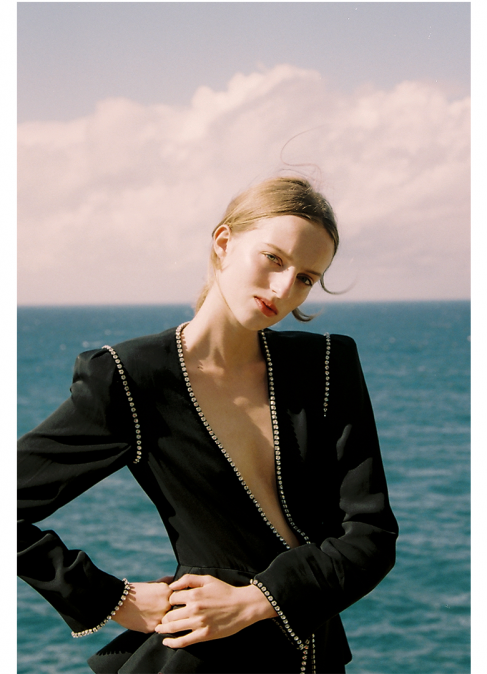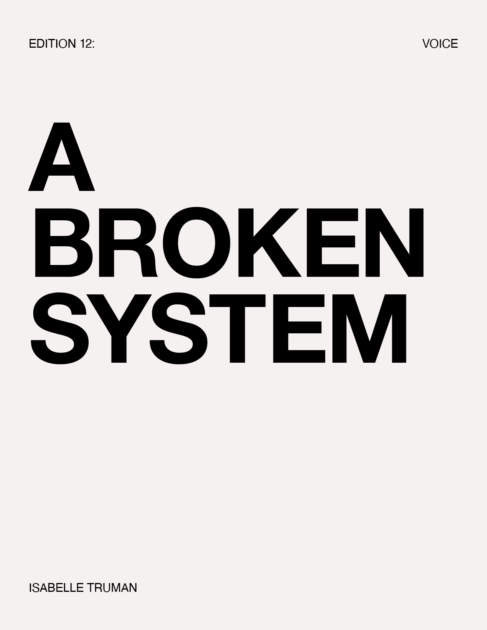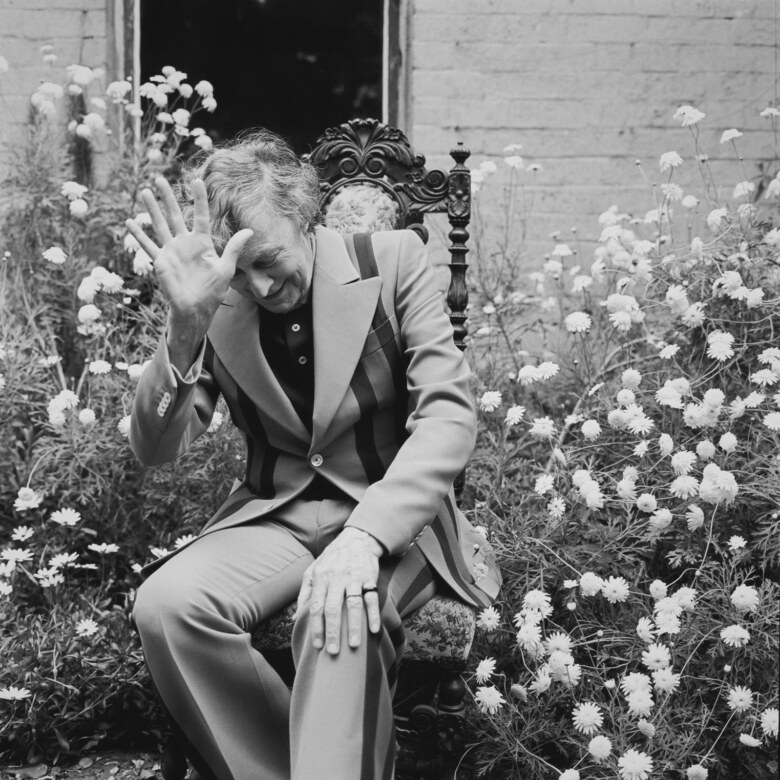
Barry Otto, photographed by Jake Terrey for SIDE-NOTE's launch in 2017
ON OTTO BY OTTO, BY BIANKA FARMAKIS
Words: Bianka Farmakis
You do not need to understand the legacy of Barry Otto to understand why the documentary exploring his life is so important. In a heart-breaking depiction of her father’s battle with Alzheimer’s, director Gracie Otto captures the incredible power of creativity to preserving a man’s memory.
Revealed: Otto by Otto tracks the life’s work of the esteemed theatre and screen actor, through the premise of bringing the play “Stretch of the Imagination” to performance. Of course, it never does, because as the show aptly chronicles Otto’s decorated career, the private battle the family shields both the public — and Barry himself from — takes over.
Opening with a family home video montage, the documentary visualises the beauty of the relationships Otto boasted throughout his life, while immediately posing an ominous quote to the audience from the subject: “we don’t go looking for tragedy… it can’t be avoided.” Gracie Otto’s film work frames her father in a way that is both natural and gentle, while blissfully nuanced and idiosyncratic, inviting the audience into the unique world — routinely referred to as Otto’s “parallel universe” — to observe the intimate life of the man who graced Australian stages and screens for decades.
Despite unravelling the life of a famous family, it’s remarkably relatable: boiling down to a simple film about a daughter asking her father the questions we’ve all secretly always wanted to know.
“Do you think you’ll get better at asking the harder questions?” Gracie says in one of the first interviews, opening a foil into the deeper descent the documentary takes. “The real Barry Otto is somebody who likes being somebody else,” he replies, prompting the film to wind back through his ascent from humble childhood roots, beautifully illustrated in simple animated sequences, to erupting on stage at Brisbane’s Twelfth Night theatre. Even in the midst of darker subject matter, Gracie Otto’s style never wavers in showing how much joy her father brought to the most mundane aspects of life. A scene featuring him getting ready for work captures Otto dancing his way through tasks; getting dressed, walking to the car, putting a seatbelt on; as he illuminates every dull landscape of common life right until he is in lights. The scene cuts to his role in the Belvoir Production of “Seventeen”— an apt parallel to where Otto’s life is heading. Unbeknownst to the audience at this point, it marks his last production. The play, about the last days of youth, acted solely by a cast of elderly people, introduces us to the central narrative of the documentary: a man’s struggle with ageing.
Gracie’s motivation for the film is explained twice in it’s 90-minute run: a production that began in earnest in 2015, and then a distraction, as she admits in a voice over, “from everything else that was going on in his life.” In the same vein the film is energetic and quirky, capturing Otto’s essence, so too is it unflinching in marking his breakdown. A lapse into depression, two shoulder surgeries and a hip replacement in quick succession thrust the man into his next character: a hospital bed-bound individual grappling with his own reality.
Such an exploration of artistic genius and the challenges it encompasses, faces a flashpoint in the film with Otto’s 2013 one-man production of The Kreutzer Sonata, an adaptation of the Tolstoy novella, to which his daughter, actress Miranda Otto, labels “impossible to learn.” The scene leans from Otto ruthlessly preparing, physically pushing himself to do what he believes to be a “career-defining” moment to his inevitable demise, and inability to perform with 48 hours left until show time. He “withdrew inside himself”, his wife Sue Hill admits, noting: “it just broke him”.
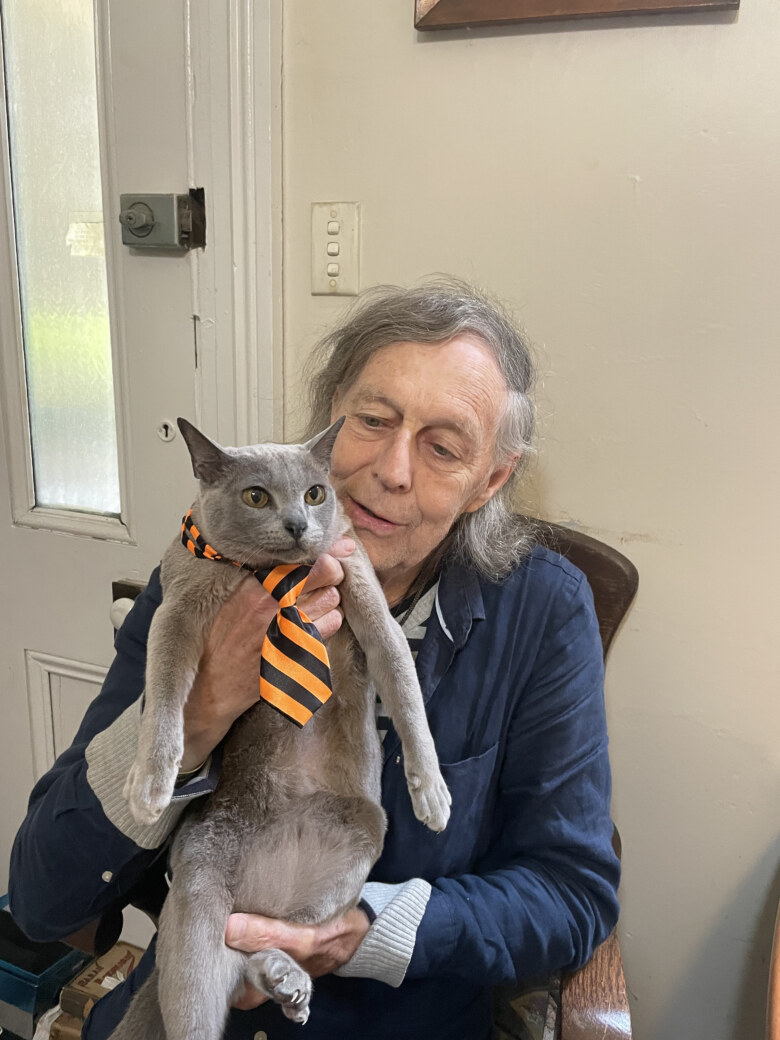
Barry and Bluebell Otto at home in Petersham
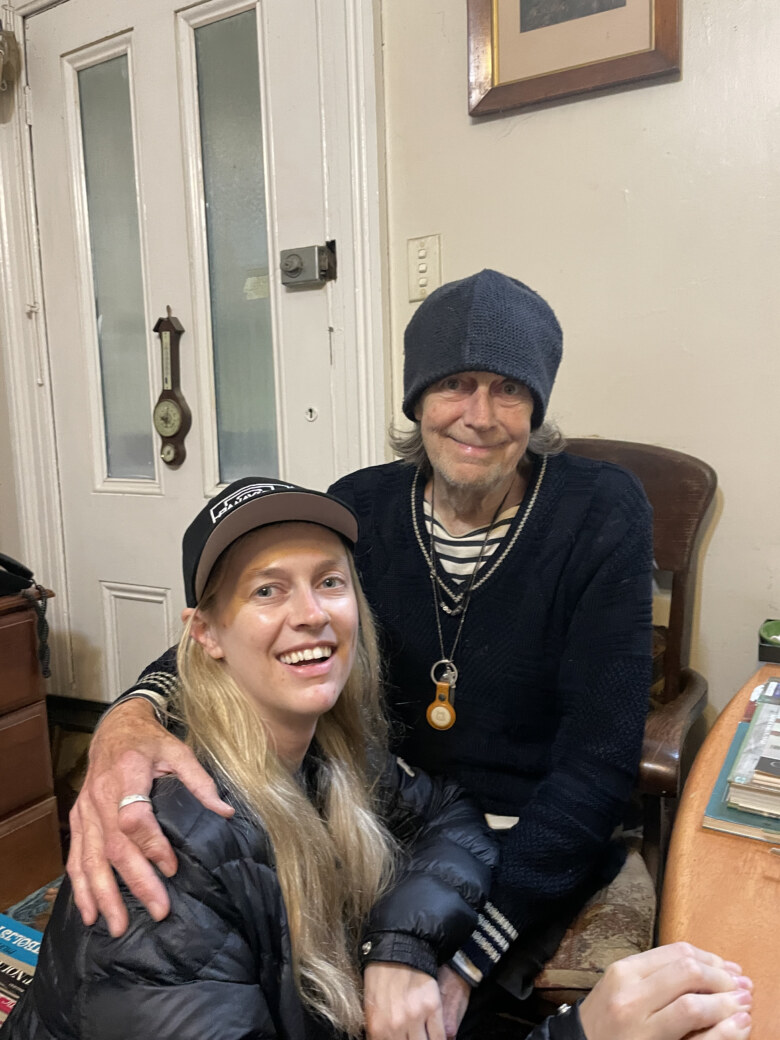
Gracie and Barry Otto at home in Petersham
The moment, while soul-destroying, is subverted by Gracie, in a way no other filmmaker could have achieved. Through her lens, Gracie crafts an emotionally rich cinematic landscape of an individual who boasted more than the characters they appeared to be on stage and screen, but embodied, to his core, a desire to explore the human spirit.
From a technical side, the director’s refusal to show the face of the famous voices that help narrate and speak to Otto’s life – Gillian Armstrong, Cate Blanchett, Susan Prior, Baz Luhrmann, even members of the Otto Family – adds a sense of humility to the central narrative, separating it from another film about a creative icon, to a story about family illness with a broader reach and impact on a wider audience. Interviews are raw and conversational, unrehearsed lines paired over archival photos, images and scripts that shaped Otto’s career. In one poignant line, Luhrmann, reflecting on Otto’s award-winning performance in Strictly Ballroom laments the ‘razor blade’ line he canvassed ‘between humour and absolute tragedy.’
Gracie Otto’s filmmaking is superb when it comes to dealing with the most gruelling subject matter of the narrative: her father’s battle with Alzheimer’s. Not mentioned until the last third of the documentary, she expertly prevents this segment of his story from overshadowing the others. Such as delicate balancing act — exploring the essence of someone’s character without making them subject to the thing that unravels their persona, is a stellar determination by the director to not let him be defined by it. Instead Gracie Otto paints her subject as a thespian, a free spirit and a beautiful father first.
It’s a curious point in the film, where Otto’s stint in hospital is treated like a set, drawing parallels to one of his most famous roles — Harry Joy from Bliss. The framing of the scene offers a comfort to the audience that distances themselves from the horror the Otto family is experiencing — a golden light shining on the face of a man beloved for his craft, still able to engage with the art form he so aptly adored while in the throes of an illness threatening to destroy it altogether.

Ultimately Gracie Otto’s work is a wider love letter to Australian film and theatre — an emotional navigation between celebrating the works that defined in the country in the surge of cinematic production through the 80s, 90s and now, and the people behind the characters that constructed it. Such a “chaotic creativity” is a means to describe both Otto’s nature and his daughter’s brilliance as a filmmaker: unwaveringly optimistic, that is as self-aware as it is indestructible.
A final tableau features Otto as he is in present day – forgetting things constantly but never forgoing the candid, quirky nature that made his spirit such a pillar to the Australian creative landscape. This is a documentary for those who have ever dared to march to the beat – or dance, in Otto’s case – of their own drum, and let the world around them admire it.
Revealed: Otto by Otto streams on Stan from 16th June.
